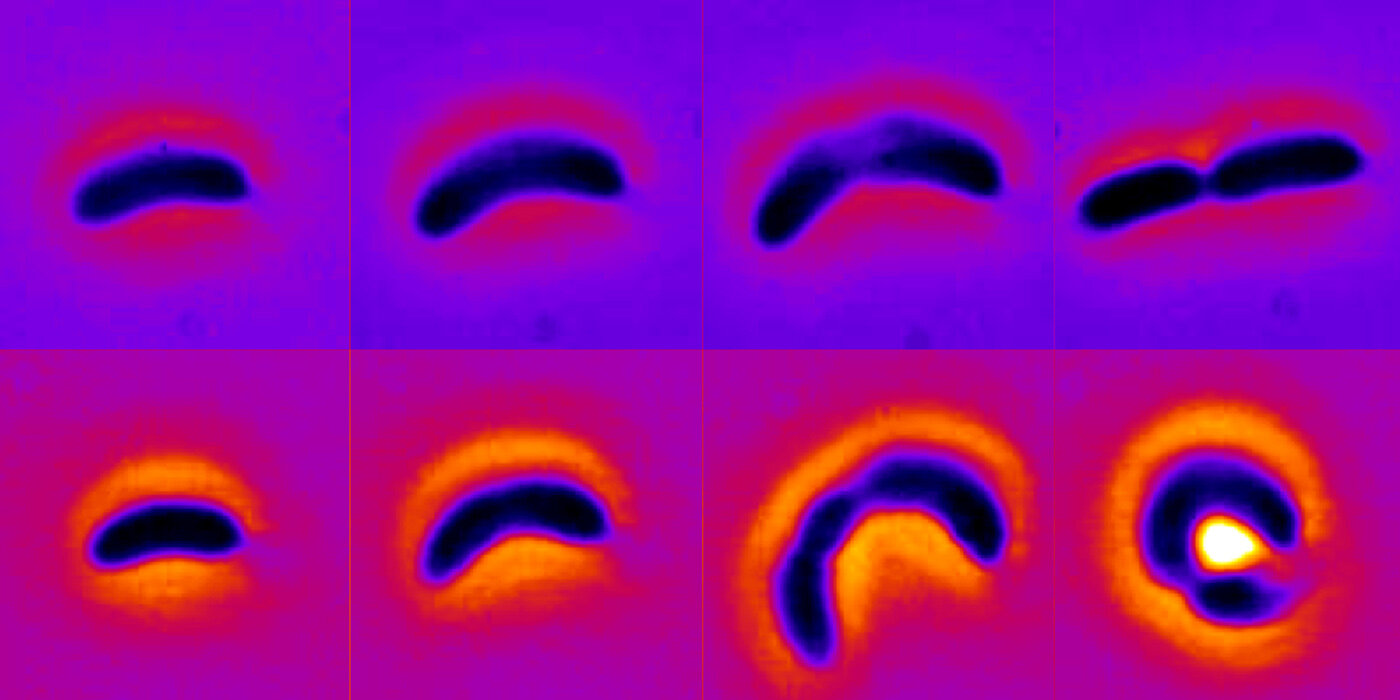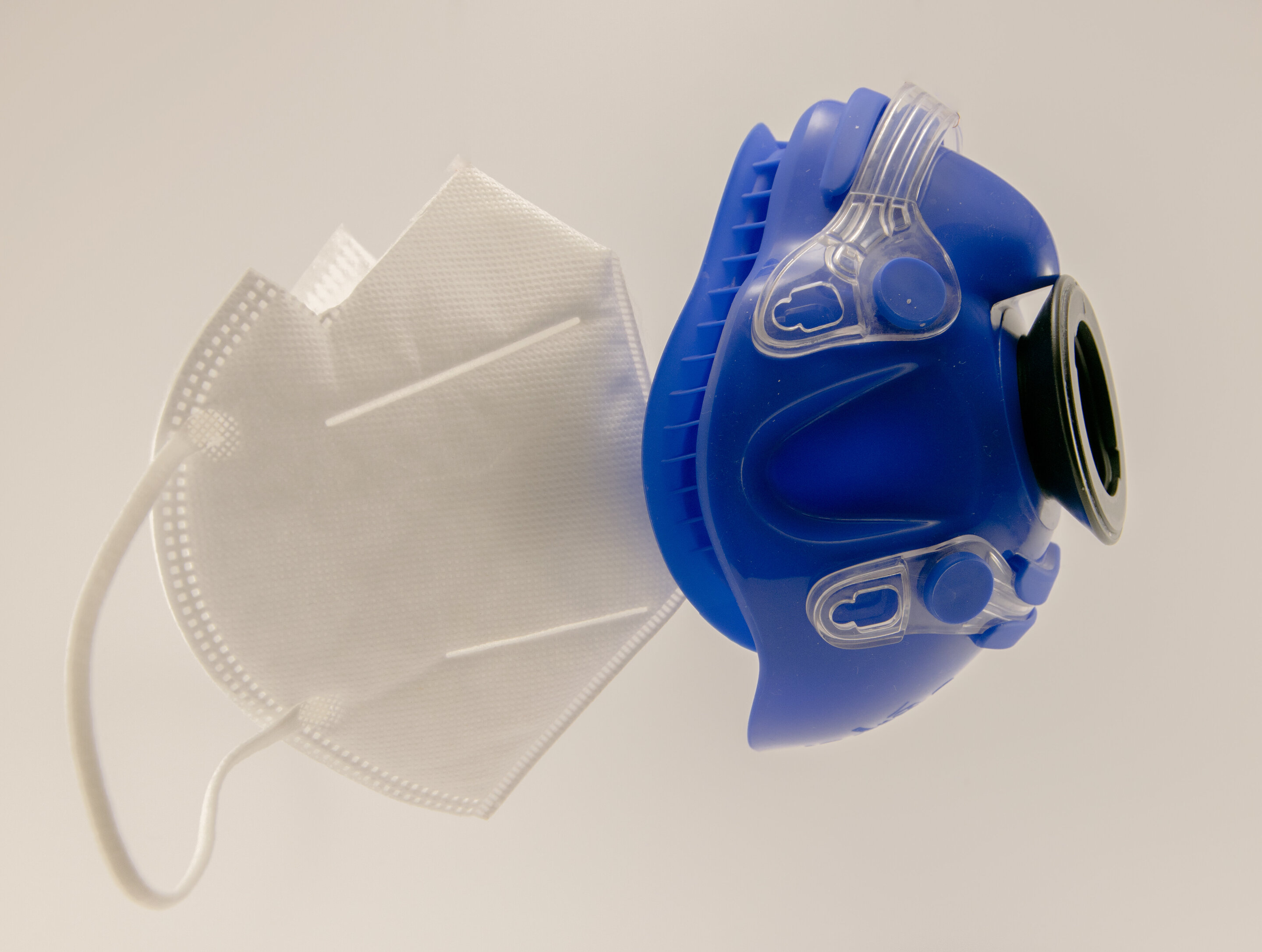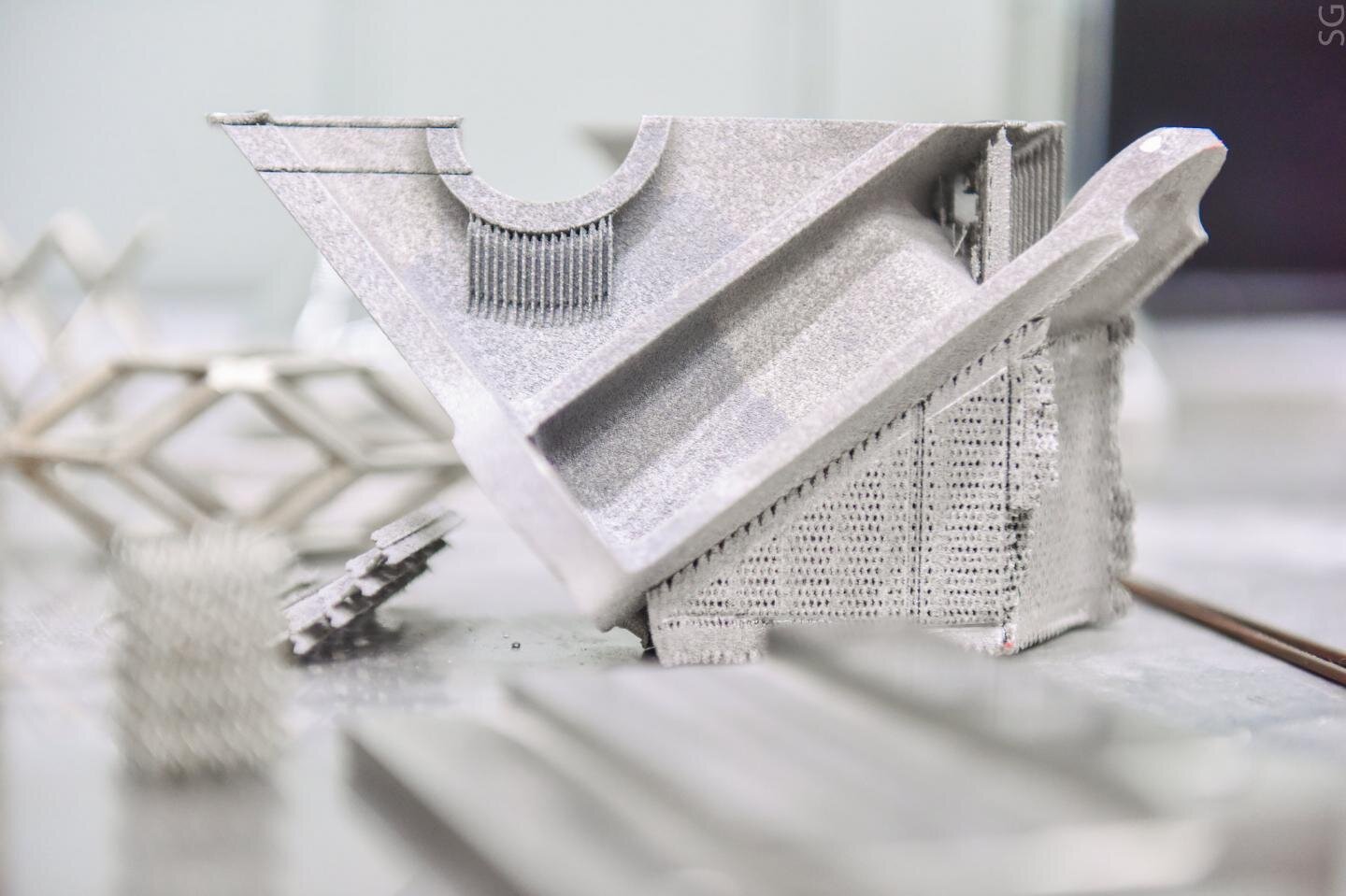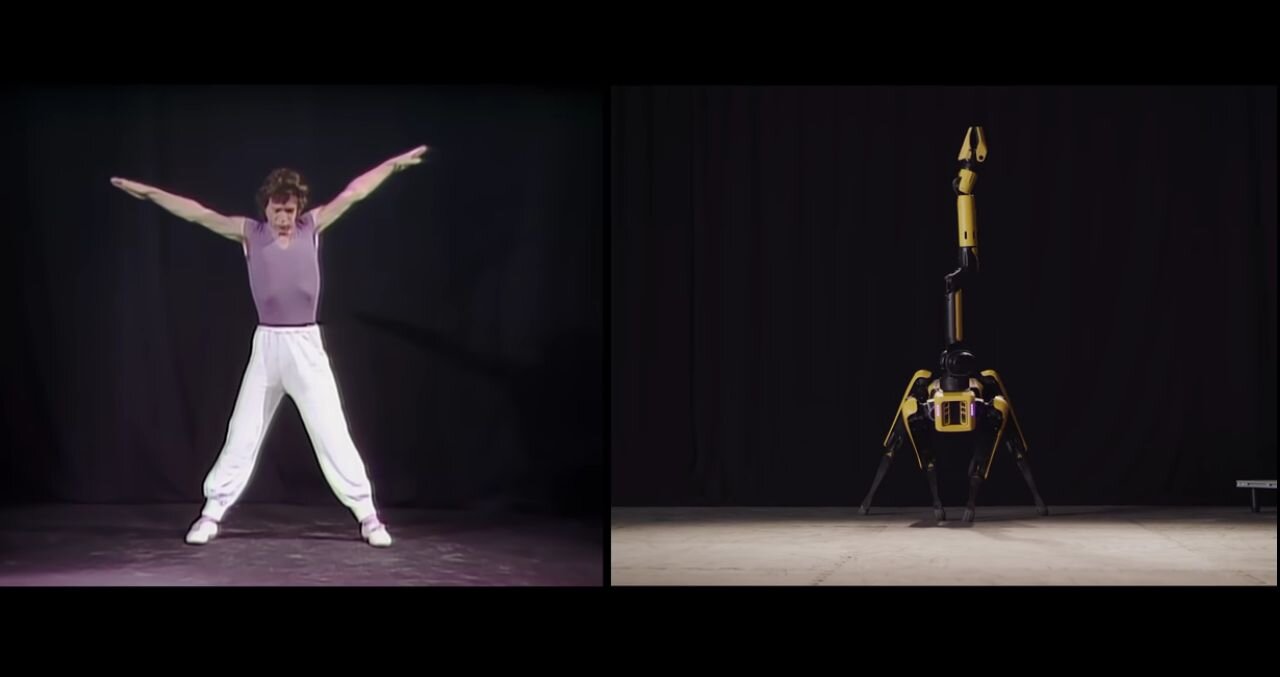#New supercluster discovered by astronomers
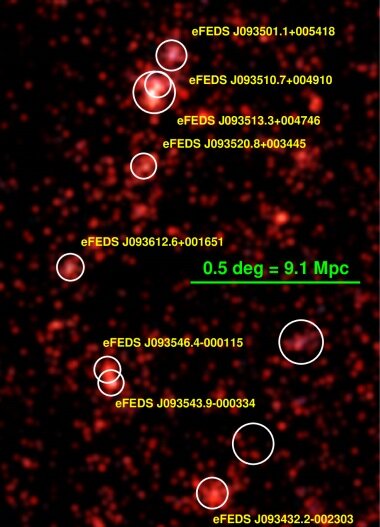
“#New supercluster discovered by astronomers”

By analyzing the data from the eROSITA Final Equatorial Depth Survey (eFEDS), an international team of astronomers has detected a new supercluster. The newly found structure consists of eight galaxy clusters. The discovery is reported in a paper published December 21 on the arXiv pre-print server.
Containing various structures with a range of masses, from massive and dense clusters of galaxies to low-density bridges, filaments and sheets of matter, superclusters are among the largest structures in the known universe. Finding and investigating superclusters in detail could be essential in order to improve our understanding of the formation and evolution of large cosmic filaments.
Now, a group of astronomers led by Vittorio Ghirardini of the Max Planck Institute for Extraterrestrial Physics in Garching, Germany, reports the discovery of a new supercluster. The structure was identified by the eFEDS survey during its Performance Verification (PV) phase.
“We analyze the 140 deg2 eROSITA Final Equatorial Depth Survey (eFEDS) field, observed during the Performance Verification phase to a nominal depth of about 2.3 ks. In this field, we detect a previously unknown supercluster,” the astronomers wrote in the paper.
The supercluster consists of a chain of eight galaxy clusters at a redshift of 0.36. The observations show that the northernmost clusters of this structure are going through an off-axis major merger activity. Optical and X-ray data suggest that it is a triple merging system with a double merger and a pre-merger.
The cluster designated eFEDS J093513.3+004746, residing at the northern part of the supercluster, is the most massive and luminous one of the eight. It is also one of the most massive and luminous clusters in the entire eFEDS field. Its mass was calculated to be 580 trillion solar masses.
The least massive clusters of this supercluster, eFEDS J093546.4-000115 and eFEDS J093543.9-000334, have masses of around 130 trillion solar masses. The masses of the remaining five clusters are estimated to be between 140 and 250 trillion solar masses.
Furthermore, the data revealed the existence of two radio relics in the north and southeast region of the northernmost clusters and an elongated radio halo, which also supports the ongoing merger activity scenario.
“The presence of an elongated radio halo connecting two radio relics in eFEDS J093513.3+004746 and eFEDS J093510.7+004910 indicates that the cluster is undergoing a major merger. This is supported by the galaxy density contour map that shows two peaks in the north and south regions of the cluster system,” the astronomers explained.
In general, the study reports that the X-ray properties of the eight clusters forming the new supercluster are similar to those of the common eFEDS cluster population. Moreover, their morphological properties are also consistent with the sample of more than 300 clusters identified by eFEDS.
Radio relic discovered in a nearby galaxy cluster
Discovery of a Supercluster in the eROSITA Final Equatorial Depth Survey: X-ray Properties, Radio Halo, and Double Relics, arXiv:2012.11607 [astro-ph.CO] arxiv.org/abs/2012.11607
© 2020 Science X Network
Citation:
New supercluster discovered by astronomers (2020, December 29)
retrieved 30 December 2020
from https://phys.org/news/2020-12-supercluster-astronomers.html
This document is subject to copyright. Apart from any fair dealing for the purpose of private study or research, no
part may be reproduced without the written permission. The content is provided for information purposes only.
If you liked the article, do not forget to share it with your friends. Follow us on Google News too, click on the star and choose us from your favorites.
For forums sites go to Forum.BuradaBiliyorum.Com
If you want to read more Like this articles, you can visit our Science category.
